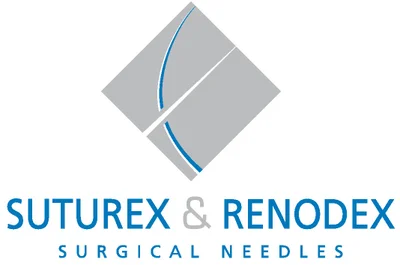You have successfully logged out.
7 Essential Tips for Choosing the Right Needles and Sutures for Optimal Patient Care
In the realm of surgical procedures, the selection of appropriate needles and sutures plays a pivotal role in ensuring optimal patient care and recovery outcomes. According to a recent report from the American College of Surgeons, the effective use of needles and sutures not only influences the healing process but also significantly reduces the risk of complications, such as infections and dehiscence. With over 1.2 million surgical procedures conducted annually in the United States alone, the choices made regarding this crucial aspect of surgery can impact a vast number of patients. Selecting the right type of needles and sutures demands an understanding of various factors, including material composition, gauge size, and specific applications in different surgical contexts. By focusing on best practices and leveraging the latest advancements in surgical technology, healthcare professionals can enhance patient outcomes and streamline their surgical techniques, making educated decisions in the operating room imperative.
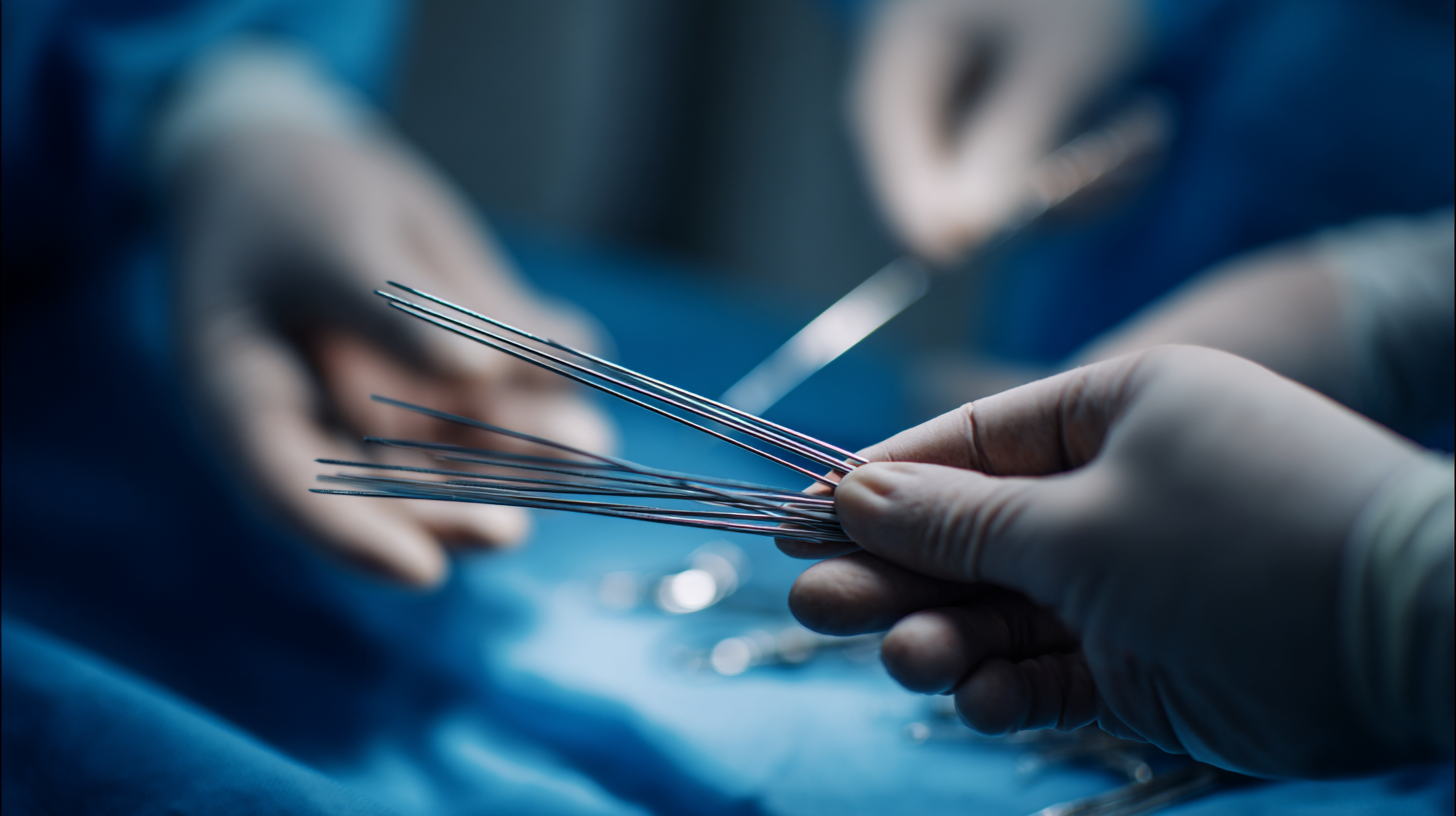
Understanding the Different Types of Needles: A Comparative Guide
Choosing the right needles and sutures is crucial for optimal patient care, and understanding the different types of needles is a vital first step. Needles come in various styles and sizes, each designed for specific procedures. For instance, cutting needles are ideal for tough, thick tissues, while taper-point needles are better suited for soft tissues where minimal trauma is desired. Selecting the appropriate needle not only affects the ease of suturing but also impacts healing time and overall patient outcomes.
When it comes to sutures, options range from absorbable to non-absorbable materials, each with its own advantages. Absorbable sutures, made from materials such as polyglycolic acid, dissolve over time, making them perfect for internal stitching where suture removal is impractical. In contrast, non-absorbable sutures, like silk or nylon, are often used for skin closure, as they provide long-lasting support but require removal post-healing. Understanding the unique properties of different needles and sutures enables healthcare professionals to make informed decisions that enhance patient care and promote faster, more efficient healing.
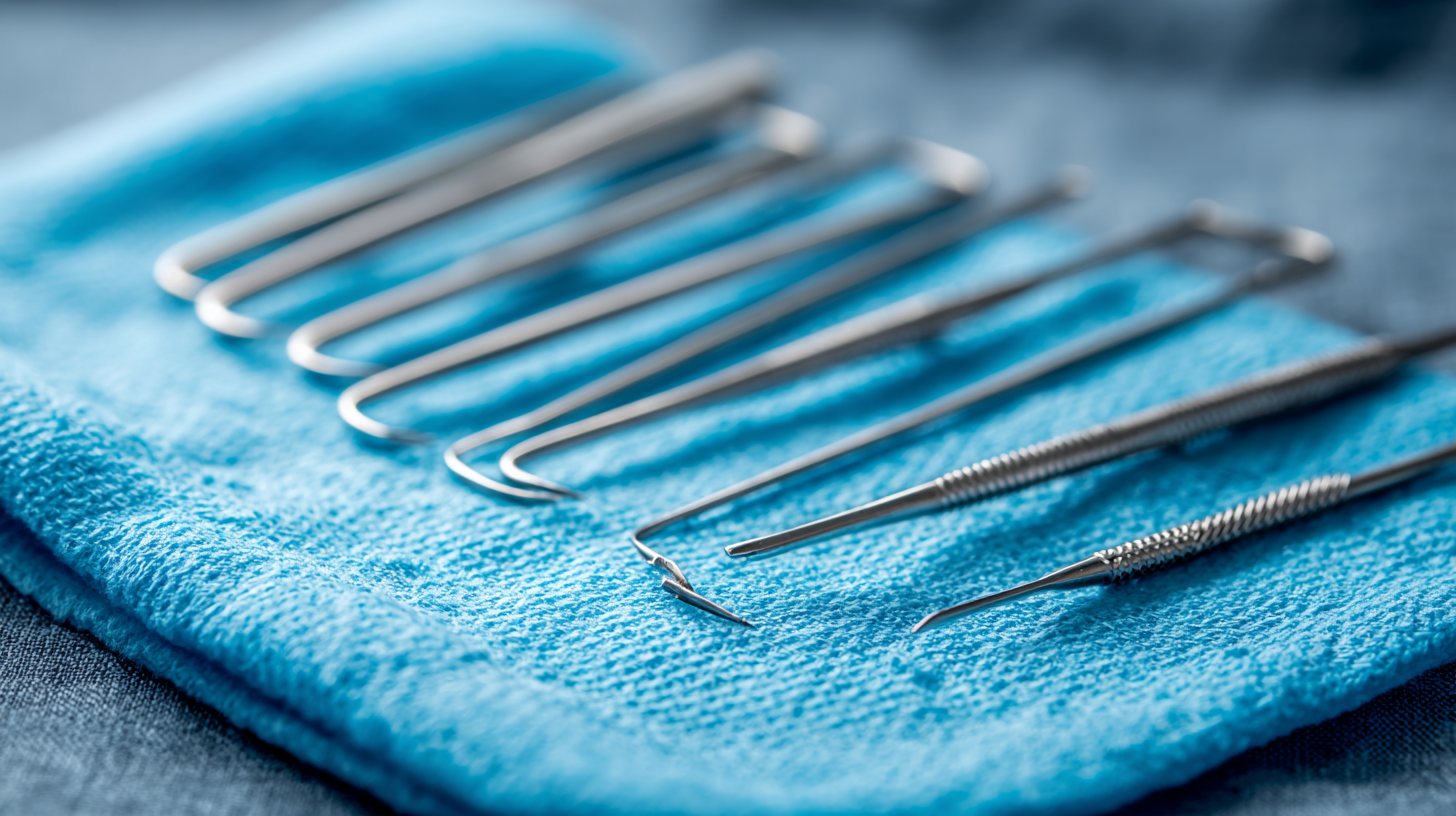
Selecting the Right Suture Material for Specific Procedures
When it comes to selecting the right suture material for specific procedures, understanding the various options available can significantly enhance patient outcomes. One critical aspect is considering the tissue being sutured. For delicate structures, such as vascular tissues, opting for a finer, absorbable suture can ensure minimal tissue reaction and promote quicker healing. On the other hand, for more tensile strength, especially in orthopedic surgeries, non-absorbable sutures may be more appropriate, providing durability and support during the recovery process.
Another essential tip is to match the suture material with the procedure's duration. For procedures that require longer healing times, materials like polyglactin offer gradual absorption, which supports the tissue as it heals. Conversely, for short-term applications, choosing a suture that provides quick strength and then can be easily reabsorbed is beneficial. Additionally, understanding the properties of synthetic versus natural sutures can guide your choice; synthetic options often offer consistent tensile strength and reduced risk of infection, making them preferable for a wide spectrum of surgical needs.
7 Essential Tips for Choosing the Right Needles and Sutures for Optimal Patient Care
| Suture Type | Material | Tensile Strength | Absorbable | Common Use Cases |
|---|---|---|---|---|
| Monofilament | Polypropylene | High | No | Skin closure, vascular surgery |
| Braided | Silk | Medium | No | Soft tissue, gastrointestinal surgery |
| Absorbable | Polyglycolic acid | Varies | Yes | Subcutaneous tissue, internal organs |
| Monofilament | Nylon | Medium | No | Skin and fascia closure |
| Absorbable | Catgut | Low | Yes | Internal suturing, ligation |
Factors to Consider When Choosing Needle Sizes for Patient Comfort
Choosing the right needle size is crucial for ensuring patient comfort during any medical procedure. One of the primary factors to consider is the patient's age and physical condition. For instance, pediatric patients often require smaller gauge needles, which not only cause less discomfort but also minimize trauma to their delicate veins. On the other hand, adult patients may tolerate larger needles if the procedure demands it, such as in blood draws or anesthetic applications.
Another important factor is the type of tissue being penetrated. Different tissues have varying sensitivities, and selecting the appropriate needle size can significantly reduce pain and promote faster healing. For example, using a smaller needle on sensitive areas, such as the face or hands, helps to ensure a more comfortable experience. Additionally, understanding the specific procedure being performed will also guide needle size selection, as certain injections may require a finer needle to deliver medications effectively without causing unnecessary discomfort. Ultimately, prioritizing these considerations not only enhances patient comfort but also supports better overall clinical outcomes.
Needle Sizes and Patient Comfort Levels
Tips for Matching Sutures to Skin Types for Effective Healing
When it comes to achieving effective healing post-surgery, matching sutures to skin types is crucial. Different skin types respond uniquely to various materials, which can ultimately impact the healing process. For instance, delicate or thin skin often requires finer, absorbable sutures that minimize tension and scarring. In these cases, sutures made from materials like polyglactin or polyglycolic acid can provide the perfect balance of strength and gentleness for optimal recovery.
 Conversely, thicker skin types, such as those found in areas prone to mechanical stress, may benefit from stronger, non-absorbable sutures. Materials like nylon or polypropylene can withstand significant tension, promoting stable closure and reducing the risk of wound dehiscence. It's important to consider the location of the incision as well; suturing areas over joints may require more robust materials to accommodate movement without compromising healing. Tailoring suture selection to the patient's specific skin type not only enhances the effectiveness of healing but also ensures a smoother recovery experience, minimizing complications and improving patient outcomes.
Conversely, thicker skin types, such as those found in areas prone to mechanical stress, may benefit from stronger, non-absorbable sutures. Materials like nylon or polypropylene can withstand significant tension, promoting stable closure and reducing the risk of wound dehiscence. It's important to consider the location of the incision as well; suturing areas over joints may require more robust materials to accommodate movement without compromising healing. Tailoring suture selection to the patient's specific skin type not only enhances the effectiveness of healing but also ensures a smoother recovery experience, minimizing complications and improving patient outcomes.
Minimizing Complications: Best Practices for Needle and Suture Usage
When it comes to minimizing complications in surgical procedures, the choice of needles and sutures plays a critical role. According to the Journal of Healthcare Quality, approximately 18% of postoperative complications are linked to improper suturing practices. Therefore, understanding the characteristics of different needles and sutures is essential for optimal patient care.
Tip 1: Choose absorbable sutures for internal tissues to eliminate the need for suture removal, which can reduce patient discomfort and the risk of infections. A study published in the World Journal of Surgery confirmed that absorbable sutures significantly lower the complication rate in gastrointestinal surgeries.
Tip 2: Utilize round-bodied needles for delicate tissues, as they minimize trauma and promote faster healing. Data from the American College of Surgeons indicates that using the appropriate needle type can reduce tissue damage by up to 30%, which is crucial for enhanced recovery.
Tip 3: Always consider the suture material's tensile strength in relation to the tissue type. Research highlights that using high-strength, non-reactive sutures in high-tension areas can prevent dehiscence, leading to better patient outcomes and quicker recovery times.
Related Posts
-
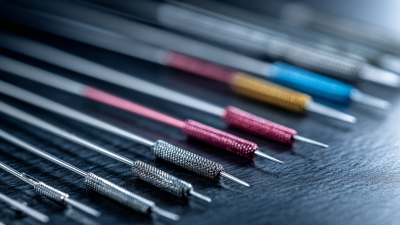
Comprehensive Guide to Sourcing the Best Needles and Sutures: Key Trends and Data for Global Buyers
-

Exploring After Sales Service Benefits and Cost Efficiency in Best Suture Surgery Innovation
-
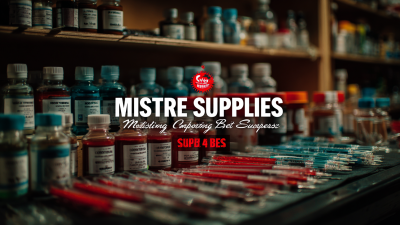
Mastering Import and Export Certification for Best Suture Supplies in Your Business
-

Quality Suture Supplies from China Your Trustworthy Global Manufacturing Partner
-

How to Choose the Best Suture Supplies for Optimal Surgical Outcomes
-

Understanding the Importance of Suture Supplies in Modern Surgical Practices
